7 Yoga Poses To Boost Your Immune System Naturally
Asanas and breathing exercises that help you achieve wholesome wellness.
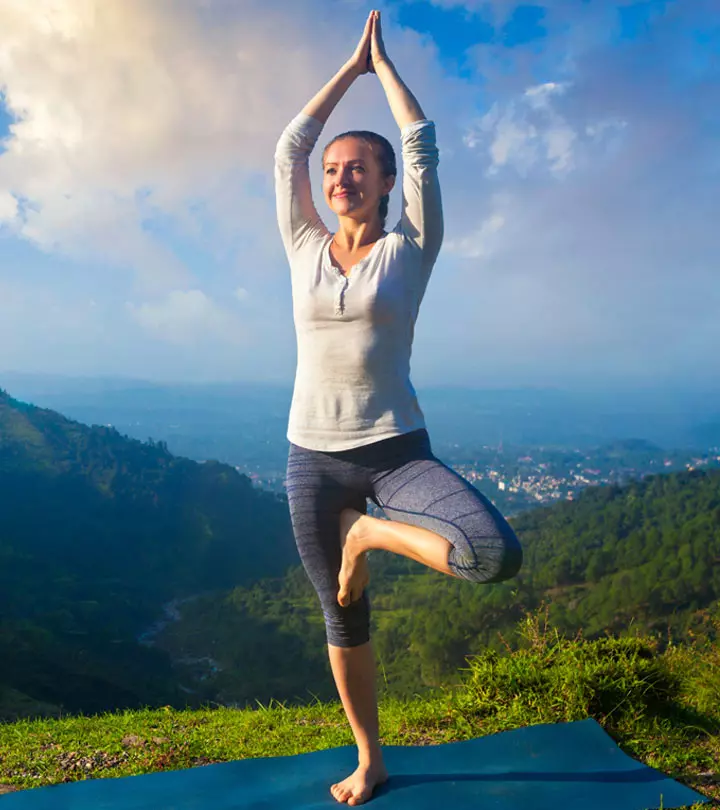
Image: Istock
A weak immune system can mean frequently falling ill with the common cold and fever. Ever heard of yoga poses for the immune system? Yoga is a great way to boost the body’s defense mechanism naturally. This age-old practice can help you beat stress, which is a major contributor to the weakening of the immune system. So, which yoga poses should you focus on? How do you perform them? And what are their overall benefits? Keep reading to find out the answers!
In This Article
What Does The Immune System Do?
The immune system is a vast and organized network of cells, tissues, and organs that defend the body from germs, viruses, and microorganisms. It plays a vital role in keeping your body healthy by preventing infection. Such a vast system needs an elaborate and well-connected mechanism of working, and that is exactly how the immune system in your body works. It first detects and then responds to the presence of an enemy element in the body, and works through a set of systematic steps to combat it. Sometimes, the immune system tends to malfunction due to various reasons like stress, inactive lifestyle, and poor eating habits. And, when it does, it is not a good sign. The good news is that you can help to restore it to its previous glory by practicing restorative yoga.
Wondering how to do so? Keep reading to know more.
Yoga To Boost The Immune System
Here is how yoga and immune system are interlinked. For anything to work well, balance and stability are essential. The same applies to the immune system, and when imbalance sets in, the immune system is affected. Yoga gives a holistic uplifting approach to your body and works great in reducing stress levels, a primary reason for a weak immune system. There are specific yoga poses that strengthen and support your immune system and regularly practicing them will keep diseases at bay.
Yoga For Immune System – 7 Best Poses
- Tadasana (Mountain Pose)
- Vrikshasana (Tree Pose)
- Padangusthasana (Big Toe Pose)
- Trikonasana (Triangle Pose)
- Utkatasana (Chair Pose)
- Bhujangasana (Cobra Pose)
- Matsyasana (Fish Pose)
1. Tadasana (Mountain Pose)
Tadasana, also called Mountain Pose, is a base pose from which all the others asanas emerge. Therefore, it is rightly called the ‘mother’ of all yoga poses. This basic level Hatha Yoga pose can be done at any time in the day and should be held for at least 10-20 seconds or at least five deep breaths. If you are following up Tadasana with other postures, make sure your stomach is empty.
Benefits: Tadasana helps restore balance and regulates the digestive system. It steadies your breathing, increases awareness, relieves tension, and improves blood circulation. Tadasana expels dullness and keeps you refreshed. It increases your energy and harmonizes your body and mind.
2. Vrikshasana (Tree Pose)
Vrikshasana is also called Tree Pose because it represents the stable and balanced stance of a tree. It is best to do this beginner level Hatha Yoga pose in the morning on an empty stomach and a fresh mind, but if you feel so inclined to strike a pose for a mid-afternoon office break or before dinner, find the time that works best for you. Balance yourself, working your way up to holding for a minute on each leg, while breathing deeply.
Benefits: Vrikshasana strengthens your spine and aids nerve-muscle coordination. It improves your mental capabilities and keeps you stable. It invigorates your entire body by stretching it, increasing your stamina and keeping you focused. It boosts your self-confidence and relaxes the nervous system.
3. Padangusthasana (Big Toe Pose)
Padangusthasana, also called Big Toe Pose, helps to stretch your muscles in the back of your legs, your spine, and neck. Do this basic level Hatha Yoga pose for at least 30 seconds early in the morning on an empty stomach. In case you miss doing it in the morning, try it in the evening after 2-3 hours from your last meal.
Benefits: Padangusthasana is calming to the brain as it relieves stress and anxiety. The digestive system is stimulated, which can improve digestion. Your liver and kidneys receive more blood flow, resulting in new and improved energy. By relaxing the central nervous system, Padangusthasana keeps insomnia at bay and may help you sleep peacefully at night.
4. Trikonasana (Triangle Pose)
Trikonasana, also called Triangle Pose, is named so because it resembles a triangle. This is one of the best yoga poses for the immune system. Hold this beginner level Vinyasa-style yoga pose for 30 seconds or five to ten deep breaths. It is best to do the asana in the morning as you are energized, and the food is digested completely. But, as with the other poses, find what time works best for you – 2-3 hours before or after a meal.
Benefits: Trikonasana can improve circulation in your body. It may aid digestion, reduce blood pressure, and improve concentration and balance. It calms your mind and reduces stress.
5. Utkatasana (Chair Pose)
Utkatasana, also called Chair Pose, is like sitting on a chair – only a bit more challenging since you don’t use a chair and instead use your body without the actual chair. To get the biggest benefit from Utkatasana, stay in the pose for at least 30-60 seconds or 5-10 deep breaths.
Benefits: Utkatasana can improve your strength, energy, and balance. It stimulates your heart and massages the abdominal organs as you engage your core. To stay energized, practice Utkatasana regularly.
6. Bhujangasana (Cobra Pose)
Bhujangasana, also called as Cobra Pose, resembles the raised hood of a cobra. Bhujangasana is part of the Suryanamaskar practice. Hold this basic level Ashtanga Yoga pose for 15-30 seconds or 5-10 breaths.
Benefits: Bhujangasana can stimulate your digestive system and circulation. It opens up your heart and lungs, helping to relieve stress. It increases flexibility of your spine, elevates your mood, stimulates your core, and boosts your energy.
7. Matsyasana (Fish Pose)
Matsyasana, also called Fish Pose, puts some sense into your body when it tends to go haywire, just like how Lord Vishnu took the Matsya avatar to flush out all the bad on earth. Similar to the other postures, hold this Hatha Yoga pose for 15-30 seconds or five deep breaths.
Benefits: Matsyasana stimulates your core and digestion. It can relieve tension in the shoulders and neck. It may help to regulate breathing and stimulate the parathyroid gland. Matsyasana gives your digestive organs a good massage and keeps anxiety, constipation, and fatigue at bay.
Yoga poses for the immune system can be beneficial. Yoga can help the body’s natural defense mechanisms. This age-old technique can aid in the reduction of stress, which is a major factor in the deterioration of the immune system. The yoga positions listed above can help build and maintain your immune system, and practicing them every day can help keep diseases at bay. They provide numerous advantages that improve your immune system, either directly or indirectly. A strong immune system keeps you in tip-top shape. Therefore, you must give it a try.
Frequently Asked Questions
How to boost the immune system?
Practice yoga daily, follow a healthy diet, maintain optimal weight and stay away from alcohol and smoking to boost your immune system.
How important is sleep to boost immunity?
Adequate sleep is essential to keeping your immune system strong. If you are sleep deprived, you are more likely to catch a cold when exposed to a virus.
How do vaccinations work?
Vaccinations introduce a weakened germ or toxin into your body to prepare it to combat the virus and develop fighting bodies that will help your body fight the disease.
Read full bio of Nichole Dandrea-Russert
Read full bio of Shirin Mehdi



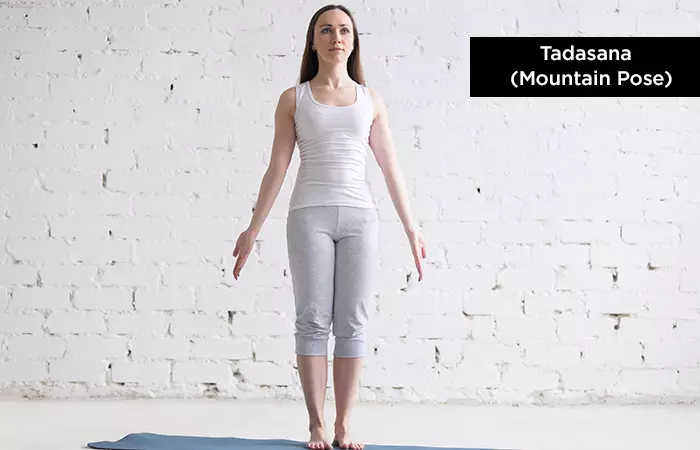
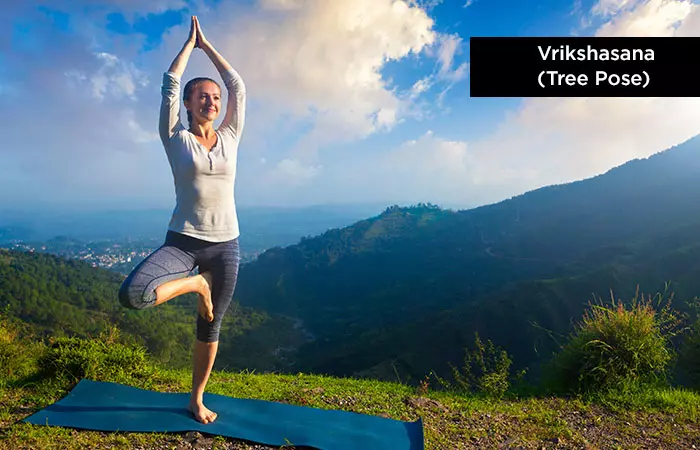

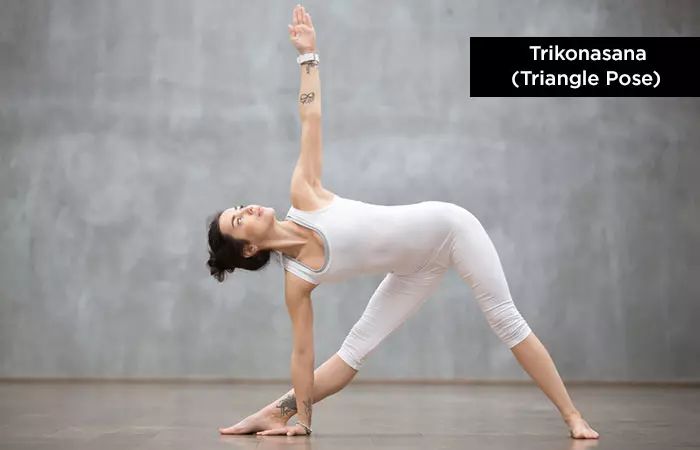
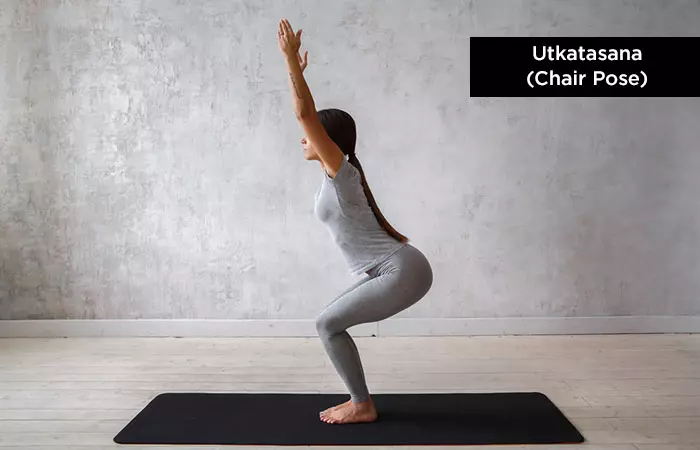

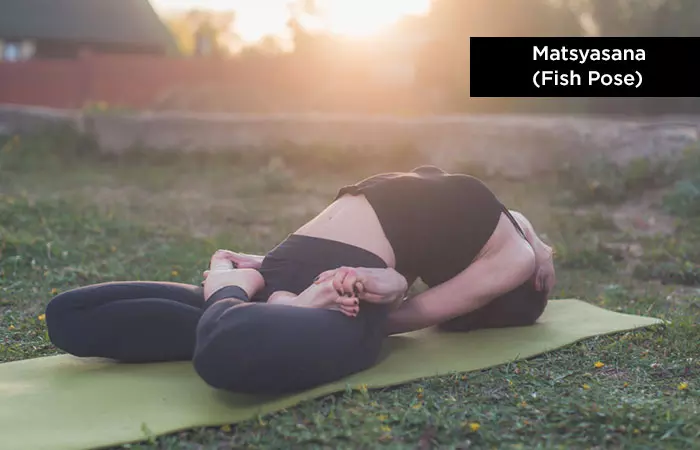






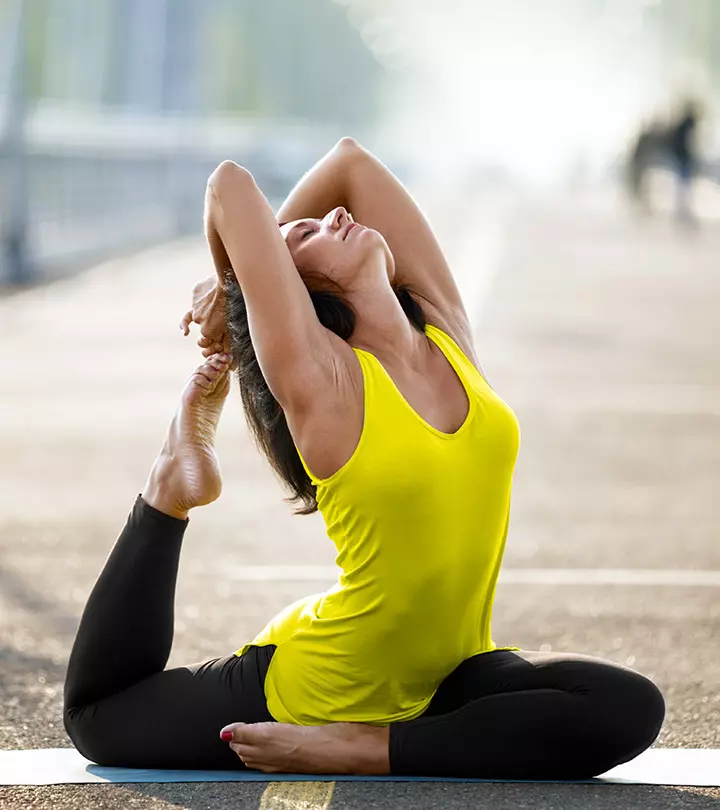




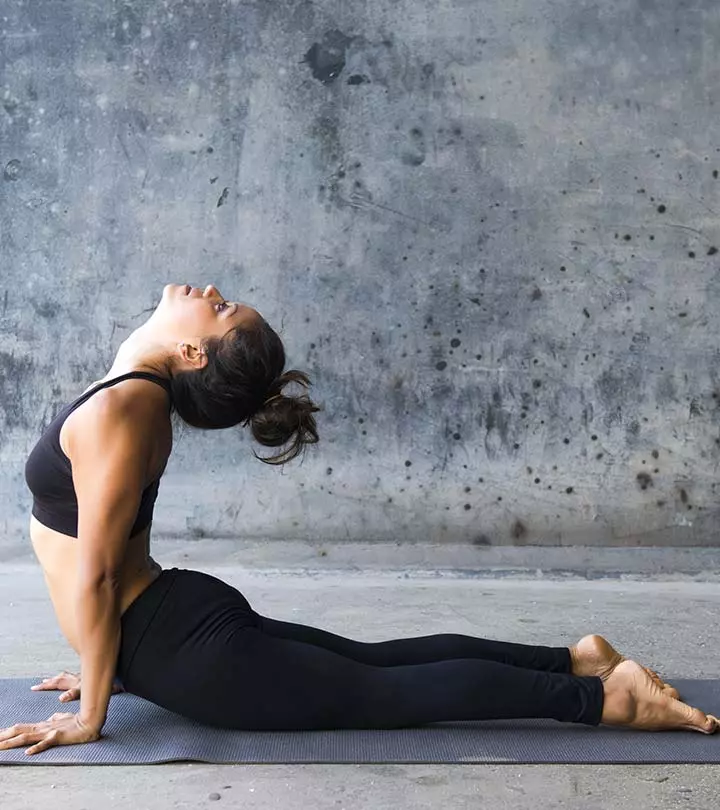













Community Experiences
Join the conversation and become a part of our empowering community! Share your stories, experiences, and insights to connect with other beauty, lifestyle, and health enthusiasts.